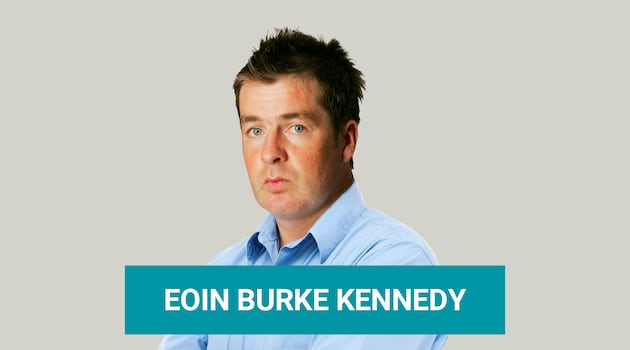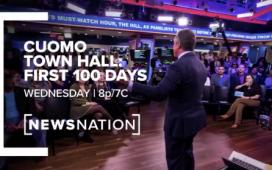
History has not been kind to US economist Arthur Burns.
He was head of the US Federal Reserve between 1970 and 1978, a period when inflation ran riot and morphed into the most dreaded of all economic phenomena, stagflation (high prices and low growth). It marked the US economy’s worst performance since the Great Depression.
Burns was damned not so much for failing to get inflation under control (although that was a big part of it) but for the perception that he was under the thumb of former US president Richard Nixon.
Critics claim Burns deliberately kept interest rates low to assure Nixon’s re-election in 1972.
Nixon, who partly blamed his 1960 election defeat to John F Kennedy on Fed policy which had resulted in tighter credit conditions and slow growth, was extremely vocal about what he thought the US central bank should be doing (which was invariably keeping rates at favourably low levels). Remind you of anyone?
The US inflation crisis of the 1970s had multiple drivers, not least the oil price shocks of the period which crashed through Nixon’s own ineffective wage and price control system.
But Burns was undoubtedly too dithering in his response, either because he worried about the fallout on employment (the benign view) or because he was bowing to political pressure.
Either way, he was eventually replaced by Paul Volcker, Fed chairman from 1979 to 1987, who pushed interest rates up to nearly 20 per cent in 1981, crashing the US economy into a deep recession but ultimately taming inflation.
Volcker, who was hated by many at the time, is now recalled as a hero with Burns cast as the villain.
The latter’s legacy is precisely the one current Fed boss Jerome Powell wants to avoid.
Powell is arguably facing greater political pressure from the White House than Burns ever did (up to and including the threat of dismissal) and a stream of personal invective that would have been unimaginable from the standpoint of the 1970s.
Under US federal law, the Fed chairman can be removed only ‘for cause’, a term interpreted to mean serious misconduct or incapacity, not policy disagreement. But Trump’s team have hinted they might challenge that legal precedent, suggesting there is room for reinterpretation
After Powell gave a talk to the Economic Club of Chicago earlier this month in which he warned that US president Donald Trump’s tariffs could raise inflation and slow growth, and that the US government’s protectionist shift complicated the path for interest rates, Trump called him “a major loser” whose “termination cannot come soon enough”.
The war of words sparked a steep sell-off on stock markets last Monday with investors reacting not so much to the possibility of tariffs damaging the economy but to the possibility that the White House might breach the agreed separation of powers between the Fed and government.
Trump is testing the US constitutional system of checks and balances in various ways: bypassing Congress through the use of executive orders, ignoring court orders on immigration and now threatening to puncture the Fed’s independence.
In response to the negative market reaction and reportedly after advisers warned that attempting to fire the central bank chief would backfire legally and economically, Trump backed down, saying he had “no intention” of firing Powell.
Under US federal law, the Fed chairman can be removed only “for cause”, a term interpreted to mean serious misconduct or incapacity, not policy disagreement. But Trump’s team have hinted they might challenge that legal precedent, suggesting there is room for reinterpretation.
The Fed is separated from government so it can set interest rates free from political pressure. The idea is to insulate monetary policy from the short-term political interests of governments which typically want low interest rates to spur growth even if it risks higher inflation up the line. You can see how the Burns/Volcker dynamic still governs.
Trump nominated Powell to his current role in 2017 but has since publicly feuded with him.
“CUT INTEREST RATES, JEROME, AND STOP PLAYING POLITICS,” he shouted in a social-media post earlier this month.
Trump and some of his White House team believe the Fed’s action to lower rates in the late stages of the Biden administration – but not yet under Trump – was politically motivated.
Powell vehemently denies the Fed plays politics when making its monetary policy decisions.
So far, the US central bank has resisted the pressure to reduce rates. At its last two meetings, in January and March, it left them unchanged at 4.25-4.5 per cent, effectively pausing the rate-cutting cycle it had started last year, citing economic uncertainty.
Trump needs the country’s deteriorating economic outlook halted, Powell is fearful that the government’s trade policy will stoke inflation, all of which makes the Fed’s next rate meeting on May 6th and 7th something of a showdown. Who will blink first?
The most recent inflation readouts have been favourable – it fell to 2.4 per cent in March which was lower than expected.
Ironically this was predicated on lower energy prices which have fallen for the past two months because oil costs have fallen on the back of fears that global economy is slowing on the back of trade wars.
But tariffs have a lag time, not least because companies have been stockpiling produce in advance of the deadlines, meaning the increased prices, in many instances, have not yet arrived on the shelves for consumers.











